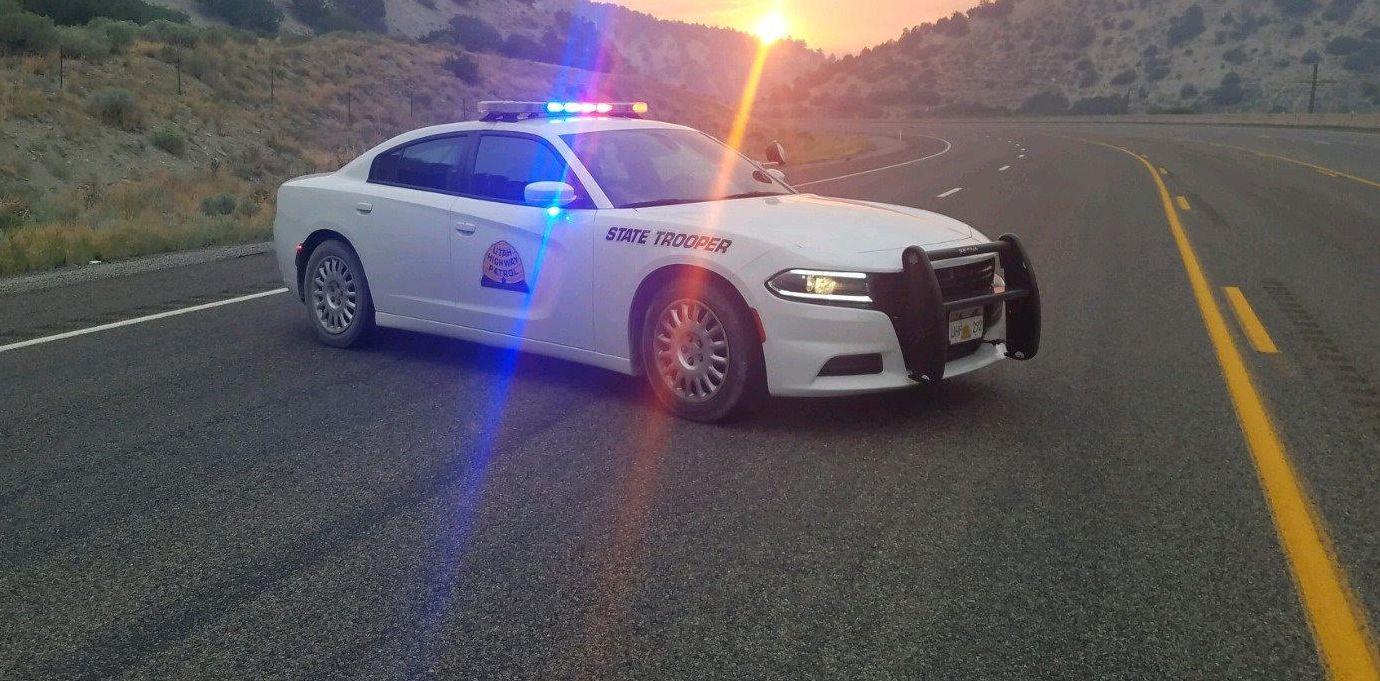The Five E's
The Utah Strategic Highway Safety Plan strategies are focused on engineering,education, emergency response and enforcement efforts. Each discipline has a unique direction to improve safety while being strongly connected to the others. However, while these are the main elements to improving traffic safety on our roads, there is one key element that is missing. It's what we'll call the fifth E: Everyone.

Engineering
The focus on safety within engineering begins with planning, designing, building and maintaining safer transportation systems. Transportation professionals use design principles that have been proven to be safe and reliable. National standards are used to provide consistency for the traveling public. Transportation professionals continue to look for new and innovative ways to improve roadway safety.

Education
Human error is a contributing factor in 94% of crashes. Education plays a key role in helping the public understand what they should and should not do when driving. Increased education leads to a change in behavior and, ultimately, a change in our culture, leading to a decline in fatalities on our roads. Education efforts are directed toward all age groups and numerous safety issues.

Enforcement
Along with safety education programs and safer transportation systems, enforcement is needed to remind people of the laws associated with the use of our roadway network. State, county, and municipal law enforcement agencies statewide work alongside highway safety partnering agencies to enforce Utah's traffic laws during regular patrols, as well as specialized mobilization efforts.

Emergency Medical Services
Swift response from emergency teams can save lives. The emergency medical services system includes trained dispatchers that ensure the right resources arrive to provide care and address safety at the scene. Emergency medical personnel affiliated with fire, ambulance services and public safety provide seamless emergency health care and serve as the system's first responders. They ensure the patients are triaged, treated and transported to hospitals, who serve as the first receivers for definitive life saving care.
Trained dispatchers ensure the right resources arrive to provide care and address safety at the scene. Emergency medical response teams provide life saving health care and ensure the patients are transported to the facility that best meets the needs of the patients. Emergency response, along with Public Safety clear roadways, thereby reducing the risk of secondary crashes as a result of unexpected traffic conditions.

Everyone
The road to zero starts with each individual. With each of us working and doing our part, we can reach zero fatalities. Everyone is needed in order to make a difference, and we all need to work together if we are going to reach Zero Fatalities. Everyone is the most important “E” in traffic safety.